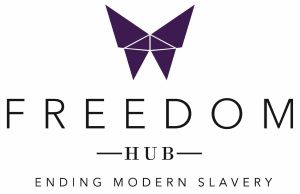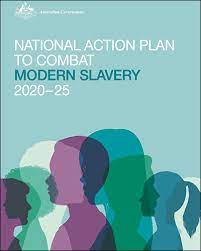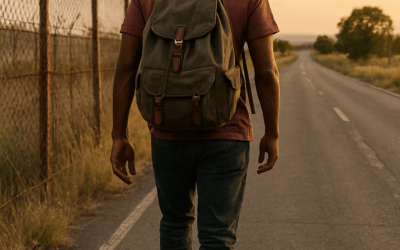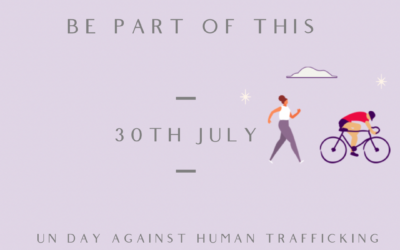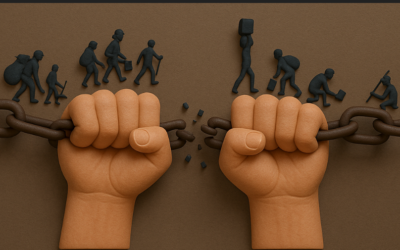The Australian Government has created several action plans and frameworks to combat and prevent the gruelling practices of modern slavery. At the end of 2020, Australia introduced their Fourth Action Plan, a five-year plan to combat modern slavery from 2020 to 2025. The initiative plans to target current modern slavery practices and prevent any occurrences in the future. One can simply describe the new national five-year plan of action using five keywords or phrases:
- Prevent
- Disrupt, Investigate and Prosecute
- Support and Protect
- Partner
- Research
In the plan, the Government notes applying special attention to the effect of modern slavery and its subcategories on women and children, holding offenders accountable by law, creating victim protection and support programs, and understanding the root causes of these issues to understand prevention.
The plan includes promoting local awareness within local government, local businesses, and education sectors. The importance of working together on a national and international level is also addressed. It highlights the interconnectivity required to effectively create and maintain the new systems that have been put in place to prevent and combat modern-day slavery and human trafficking. The Australian Government’s plan also includes receiving input from survivors to ensure their perspectives are valued and the measures put in place fulfil victims’ needs.
How has the plan been moving along? What has been accomplished since its release in December 2020?
How the National Action Plan is Being Fulfilled
Point One and Two: Prevent, Disrupt, Investigate, and Prosecute
An aspect of the plan to stop modern slavery includes holding the parties that force people into slavery, human trafficking, and sex trafficking responsible by disrupting, investigating, and prosecuting them. Holding those accountable sends a message to those considering the practice, leading to prevention.
Australia’s Seventh and most recent meeting of the Advisory Group in August 2021, held as part of the National Action Plan, shows further action towards prevention. During this meeting, the Advisory group discussed the risks for Australia’s international engagement in modern slavery in business overseas.
Here is a check-in on those who have been held accountable for their actions:
- The Australian Government has increased investigations, convictions and prosecutions for human trafficking, and staffing and funding for victim support from the Witness Assistance Service.
- The 2020 Trafficking in Person Report for Australia shows us the country’s position before they implemented their new five-year plan. In 2017, the Government referred 166 suspected trafficking cases for investigation, prosecuting six. An increase follows in 2018 with 179 referrals and only two prosecutions. In 2019, 213 cases were referred while 12 defendants from previous reporting periods continued to be prosecuted, resulting in two convictions of three defendants.
- Since the projections and reports for the 2020-2025 plan will only be released in July, we can only see calculated results from what has been done in 2020.
- It is interesting to note that the US State Department commends the Australian Government for their increased efforts, even when facing the adversity brought on by the COVID-19 pandemic.
Point Three: Support and Protection
One can analyse the plan’s effectiveness in providing support and protection to survivors by looking at how well funded and attended those programs are.
- Funding toward the Trafficked People Program: $3.8 Million for 2019-2020 and 2021-2022
- This program began in 2004 and is referenced as the core of this Action Plan. It is funded by the Australian Government, directed by their Department of Social Services, and carried out by the Australian Red Cross. The point of these programs is to provide the victim’s rehabilitation, education and employment opportunities, as well as assistance in pressing charges. They are also supported in accommodations relating to legal matters, mental and physical health, and living situations. As of 30 June 2021, the program reports saving 602 people in total.
Point Four: Partner
By comparing how Australia works beside fellow global citizens in the United Nation’s Human Trafficking and Migrant Smuggling committee, we can prove the goal to partner across governments. We also review Australian efforts at meeting standards for combating human trafficking and other modern slave labour practices upheld by the United States State Department, the Office to Monitor and Combat Trafficking in Persons. This office monitors and analyses global efforts to stop human trafficking and tends to those victimised. It notes that the Australian Government has doubled their efforts and reached the global standard the office sets.
Point Five: Research
In terms of research, the 2021 Trafficking Report noted that the Australian Government had missed rural regions of the nation that failed to enforce laws around forced labour, increasing the likelihood of modern slavery. To prevent situations like these, the Government will need to continue to listen to entities outside of official institutions, like non-profits, who reported this concern. In addition, a network of businesses and governments will need to continue monitoring the state of human trafficking and modern slavery to catch violations as soon as possible.
Looking Promising
In conclusion, this National Action Plan for 2020-2025, in combatting modern slavery, is taking steps towards its goals. The plan is working as well as it can during a pandemic. It includes funding protection and rehabilitation plans for trafficking victims, working intergovernmentally and internationally with the United Nations to combat modern slavery worldwide, and convicting more of those responsible for the crime. It is still too early to tell the plan’s level of impact through data, but it certainly looks promising.
To find out more about the work The Freedom Hub does to contribute to the National Action Plan check out our Survivor School for victims of modern slavery: www.thefreedomhub.org/survivor-school
You may also be interested in the work we do helping businesses assess the risk of slavery, measure their response to modern slavery, and remediate identified slavery. Click our website here.
Written by: Molly Sakowicz (TFH 2022)
